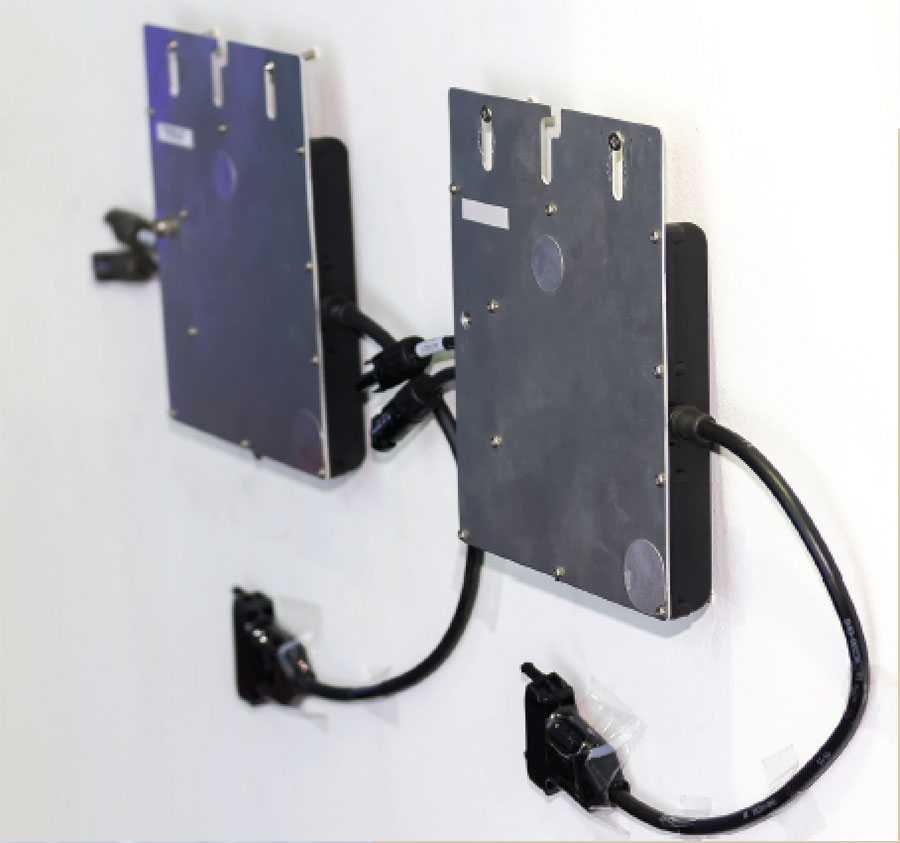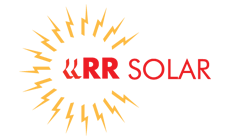
Power Converter (Inverter)
A power converter is used for inverting or regulating the variable power DC output from a PV panel to the required form:
- DC to AC (micro-inverter)
- DC to DC (power optimizer)
Solar inverters have functions dedicated for PV panels such as MPPT (Maximum Power Point Tracking) and circuitry for anti-islanding.
Solar PV power converting operations
Three main options are available: - String inverters - Microinverters - Power optimizers
String inverters
Advantages:
- Economical
- Conventional–easily available
- Suitable for large scale (higher efficiency at large scale) .
Disadvantages
- Difficult to maintain
- A defect in a single panel affects the whole system, and efficiency isreduced.
- Difficult to monitor performance and identify defects in individual PV panels. .
Microinverter
Advantages
- Suitable for small and microgeneration projects such as a single home
- Easy monitoring–makes it possible to monitor the array panel-wise, measure performance, and identify defects.
Disadvantages
- Expensive compared to String Inverters (20% to 30% higher project cost).
- More suitable for on-grid installations: battery charging not efficient.
Power Optimizer
Advantages
- Easy monitoring
- Can identify and monitor the array panel-wise, measuring performance and detecting defects in each individual panel
Disadvantages
- Only suitable for off-grid and hybrid systems
